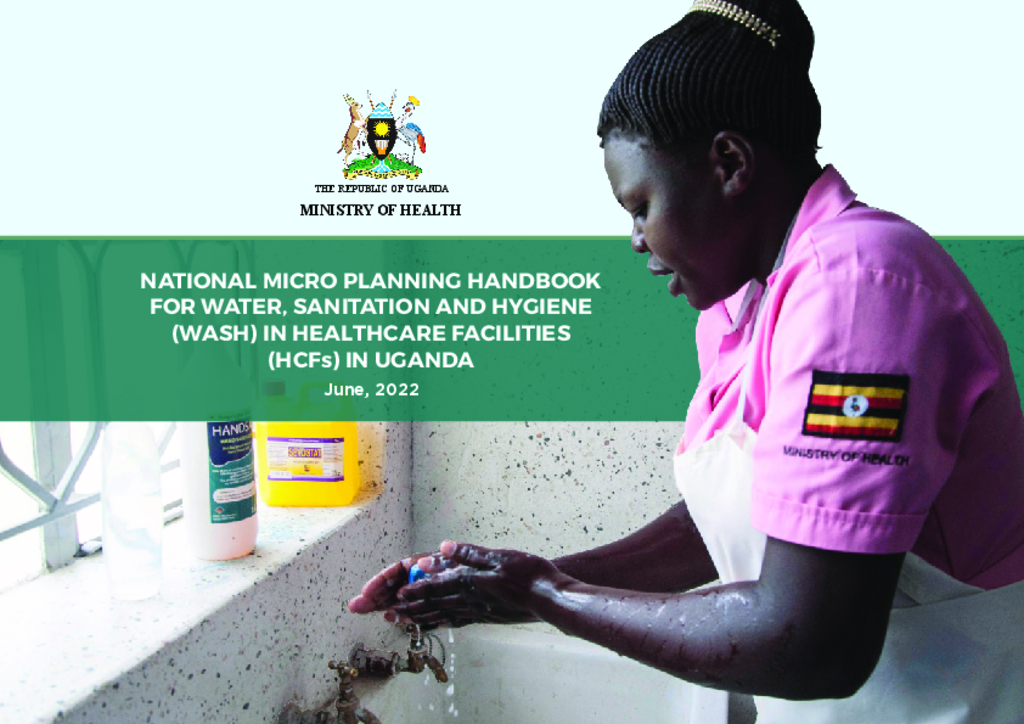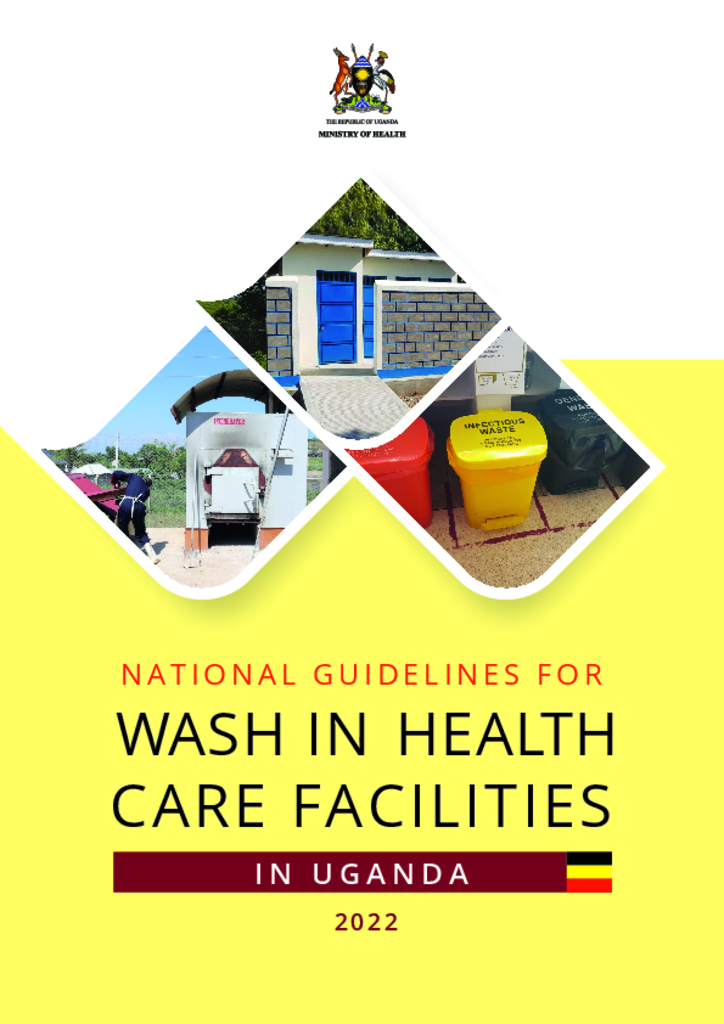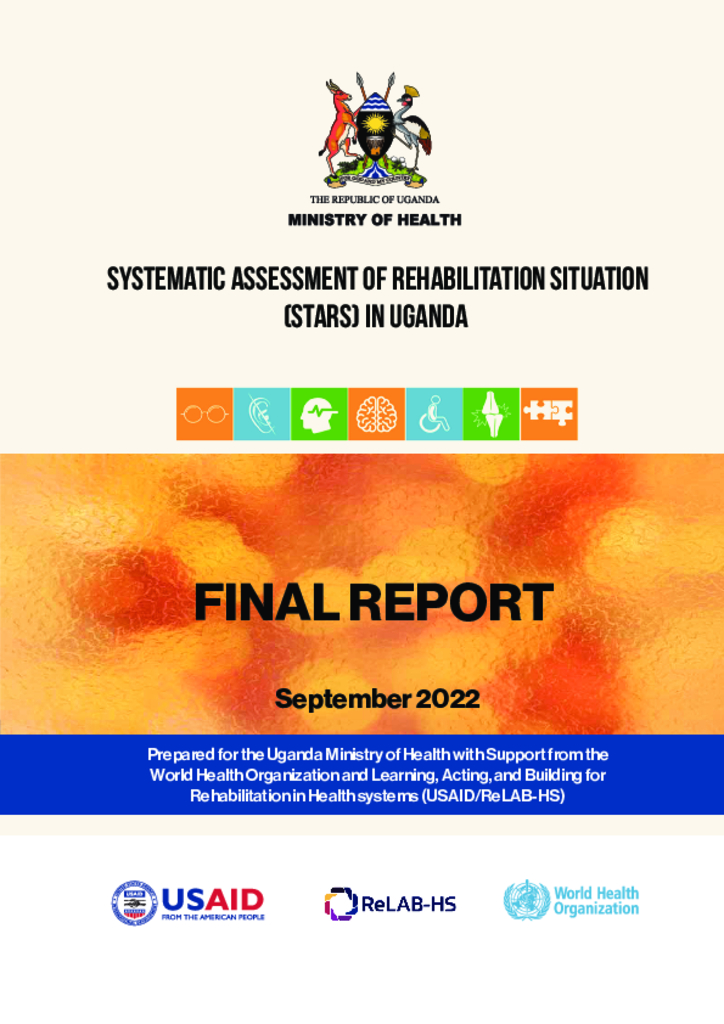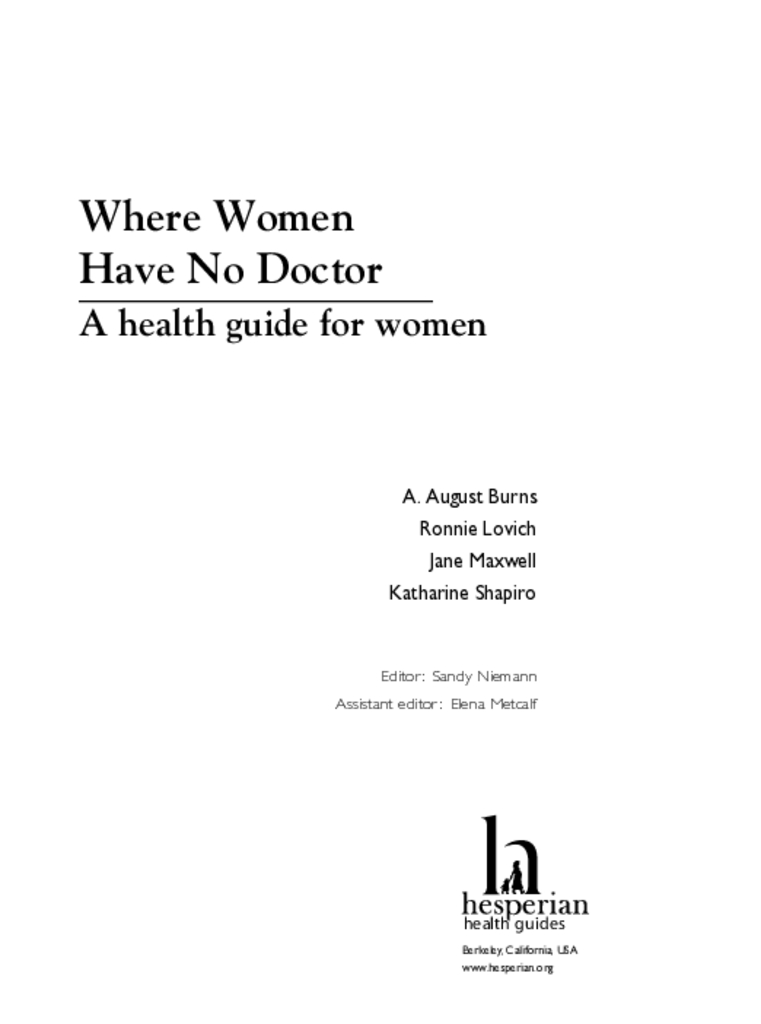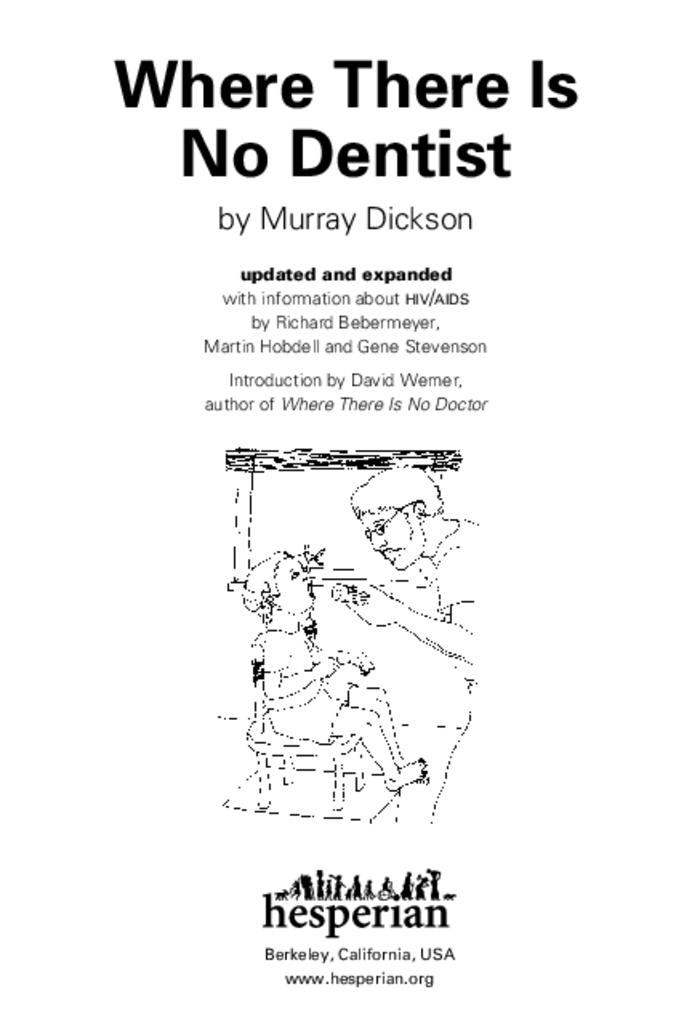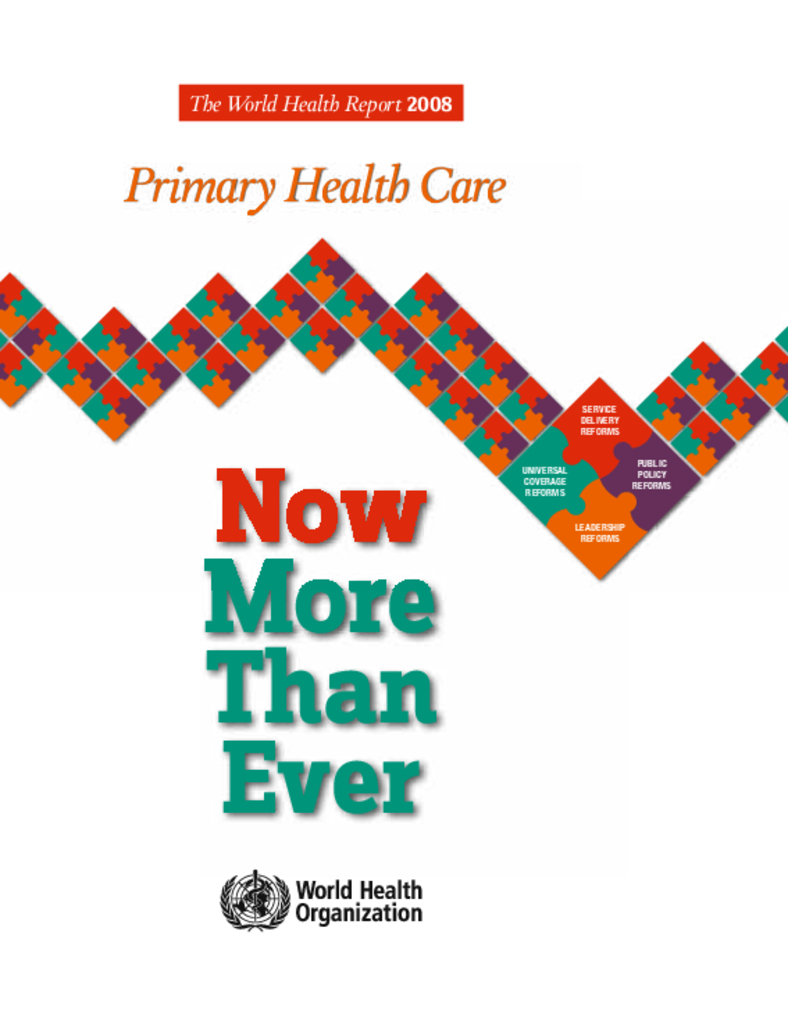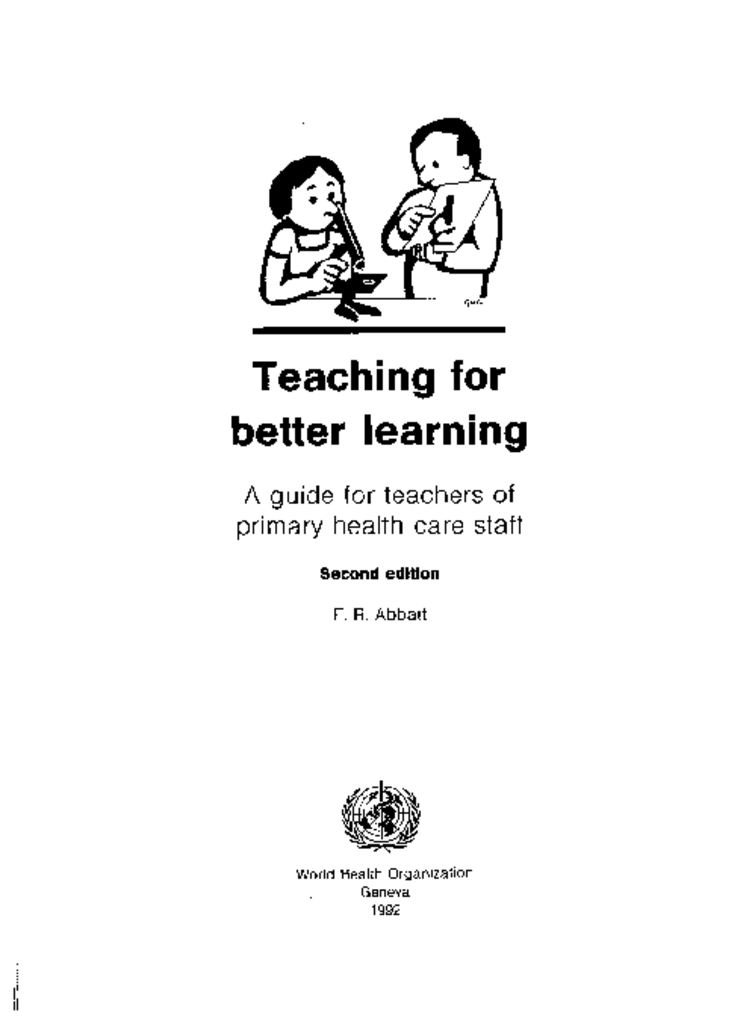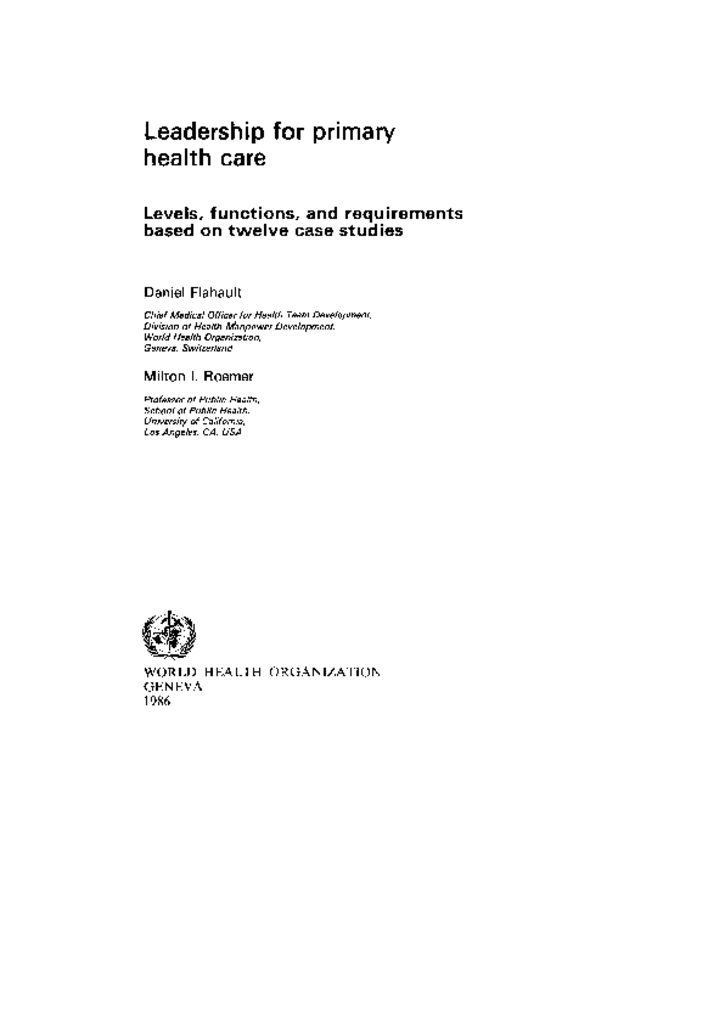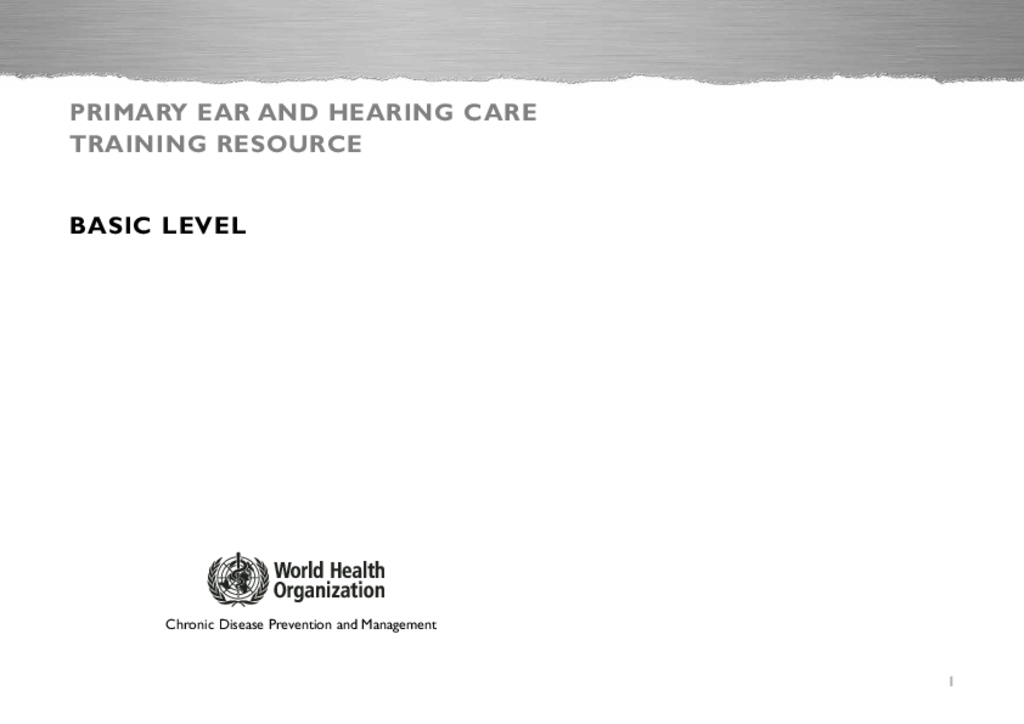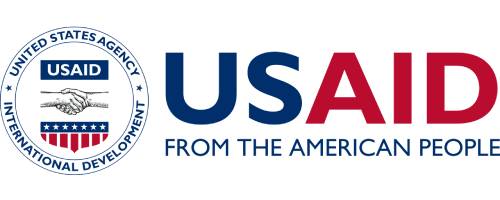The Ministry of Health recognizes that access to safe water, sanitation and hygiene (WASH) in health facilities is critical in the reduction of diseases, improved occupational health, more efficient health care services, improved staff morale and performance. The micro planning data generated will guide line ministries, local government authorities and development partners to position WASH in the health care facilities agenda within the Water and Health sectors. Additionally, it will support the development of a roadmap for achieving WASH-related sustainable development goals for health institutions.
The Sustainable Development Goals (SDG) 3 and SDG 6 reinforce the need to ensure adequate WASH services, which will result in a reduction in maternal mortality, ending preventable newborn deaths, and providing quality universal health coverage. The rationale of the WASH guidelines is to document procedures and provide a framework for strategic planning, implementation of functional and effective WASH services in healthcare facilities in Uganda. These guidelines offer a basis for creating the minimum conditions required for providing healthcare services in a healthy environment for healthcare workers, patients and visitors to the healthcare premises. They also serve as a tool for monitoring the performance of WASH in health care facilities.
This STARS in Uganda report, presents a comprehensive analysis and report on the national assessment of the rehabilitation and assistive technologies system in Uganda that was guided by the WHO Systematic Assessment of Rehabilitation Situation (STARS) approach.
The Uganda Functional Difficulties Survey (UFDS) 2017 was conducted by the Uganda Bureau of Statistics (UBOS) with the Ministry of Gender, Labour and Social Development (MGLSD) to generate information and data on persons with disabilities in Uganda to inform planning, budgeting, implementation, monitoring and reporting on disability.
The World report on vision seeks to stimulate action in countries to address these challenges by proposing integrated people-centred eye care (IPCEC) as an approach to health system strengthening that builds the foundation for service delivery to address population needs
In response to this situation, the World Health Assembly (resolution 58.23 on “Disability, including prevention, management and rehabilitation”) requested the World Health Organization (WHO) Director-General to produce a World report on disability based on the best available scientific evidence. The World report on disability has been produced in partnership with the World Bank, as previous experience has shown the benefit of collaboration between agencies for increasing awareness, political will and action across sectors.
This book was written to help women care for their own health, and to help community health workers or others meet women’s health needs. We have tried to include information that will be useful for those with no formal training in health care skills, and for those who do have some training
A healthy tooth is a living part of the body. It is connected by ‘life-lines’ of blood and nerve to a person’s heart and brain. To separate the tooth from the body, or even to interrupt those ‘life-lines’, means death to the tooth. It also means pain and injury to the body, to the person
Why a renewal of primary health care (PHC), and why now, more than ever? The immediate answer is the palpable demand for it from Member States – not just from health professionals, but from the political arena as well. Globalization is putting the social cohesion of many countries under stress, and health systems, as key constituents of the architecture of contemporary societies, are clearly not performing as well as they could and as they should.
This manual is the result of cooperation between many people. I would like to thank all those who have contributed in any way to its preparation, in particular, the members of the working group which met in Dundee, Scotland in November, 1978 and established the main guidelines for the first edition.
The extension of Health care to all people has been an objective of the national Health systems for many years and since the Alma-Ata confrence on Primary Health Care in 1978,Countries have pursued this aim with greater vigour.
The purpose of this basic level training resource is to assist with the training of primary ear and hearing workers in developing countries, especially focused on Village Health Care Workers. The role of the village health care worker is vitally important for the prevention of ear and hearing disorders. An important role for the trained village health care worker is to help the patient, family and community to understand common ear diseases and hearing loss.Through this training resource, the village health care worker will be taught when to refer the patient for treatment and support. This resource covers basic methods for prevention and recognition of common ear disease and hearing loss. It also shows that, with understanding and the necessary support, people with hearing loss can play productive roles in the household, school or in the work place.
